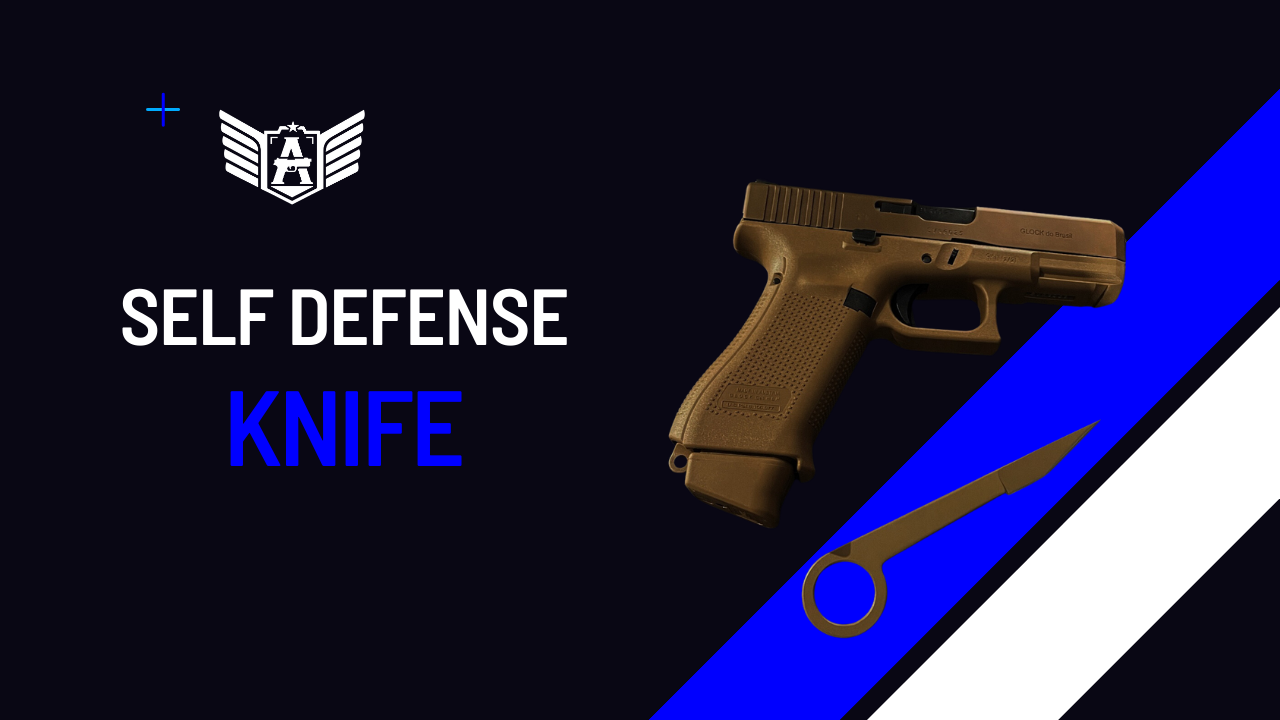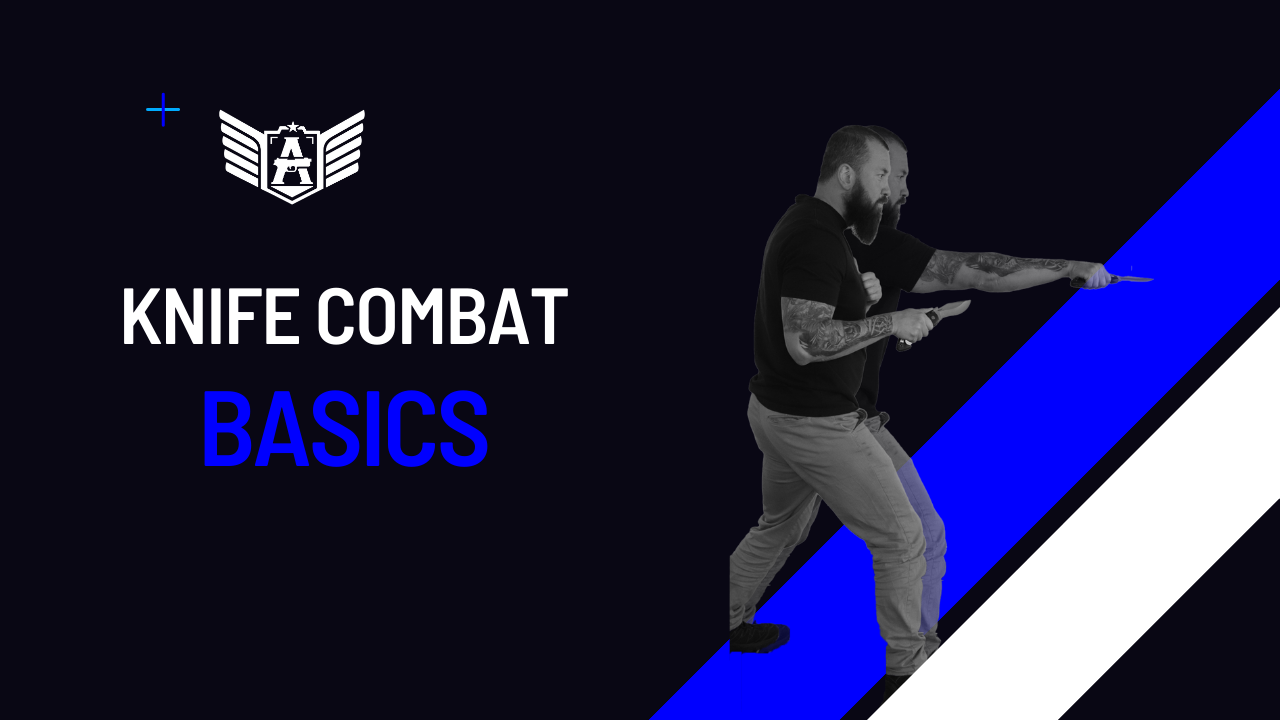- This text was originally written for the Defense Institute in 2014.
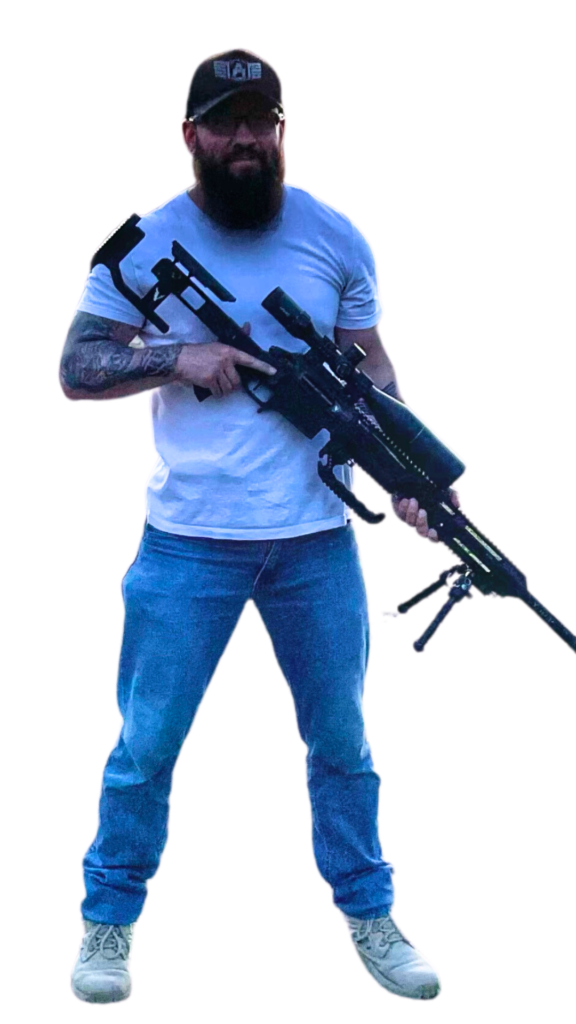
INTRODUCTION
Despite the advent of firearms, blades, besides being indispensable tools, are also an irreplaceable part of an urban survival or combat kit. Therefore, choosing the right knife is a justifiable concern for those who are interested in protecting their life, family, and property.
In this text, we will cover the most relevant points to consider when choosing a knife in a concise and didactic manner, aiming to assist the reader in this endeavor. We will focus on these characteristics with an emphasis on choosing for PERSONAL DEFENSE. For selecting knives for other purposes, such as jungle survival, heavy cutting, ornamental, collectibles, kitchen, etc., other factors – not explicitly mentioned in this text – should be taken into consideration.
- PORTABILITY
The number one requirement when choosing a knife is portability. Can you carry this tool with you 24/7? It is of no use to have rifles, carbines, pistols, submachine guns, or grenades at home if, during a conflict, nothing is within your reach.
Similarly, large and flashy knives may be appealing, but a discreet small knife or a folding model (a pocket knife) can be much more useful as long as it is in your hand when you need it most.
In general, considering Brazilian urban habits, it is more interesting for your personal defense knife to be small, with a length of up to 25cm or even a folding model (pocket knife).
As a rule, larger individuals find it easier to carry larger blades, while smaller individuals are often forced to carry blades suitable for their stature. Additionally, the habitual clothing of the user significantly affects the ease of carrying.
People who wear bulkier clothes, coats, jackets, or blazers have an easier time concealing larger blades, while those who dress in lighter clothing face difficulties in this regard.
1.1. Fixed Blades vs. Folding Blades
When addressing portability, it is necessary to consider the two major categories of blades: fixed blades and folding blades (pocket knives).
The flagship decision between knives and pocket knives lies precisely in how portable this tool is for the operator. This is a particular, idiosyncratic characteristic that should be carefully evaluated.
Neither option is the definitive choice. To gain portability, you sacrifice strength and speed in deployment. To gain strength and speed in deployment, you sacrifice portability. In other words: fixed blades are more reliable because they are more robust, do not depend on locks or hinges for their perfect functioning, and are ready for use when drawn. Pocket knives, which are about half the volume of fixed blades, are easier to carry but are more fragile, depend on a structure of hinges and locks to function properly, and need to be opened before use.

1.1.1. Locking Mechanisms
When opting for a folding blade, you should pay attention to the type of locking mechanism that will keep the pocket knife open during combat. There are several well-known types of locks, such as framelocks, liner locks, and lockbacks. In general, lockbacks tend to be more reliable, but this varies greatly depending on the quality of the construction of the piece.
Therefore, you should immediately discard any cheap, Chinese knock-off pocket knives, items of unknown origin, or manufacturers with a bad reputation. If you want to go for the lowest cost possible, choose a full-tang fixed blade (a knife made of a single piece of steel). Do not skimp too much on pocket knives; going for the cheapest option may cost you dearly. If something can go wrong, it will go wrong, and at the worst possible time.

1.2. Sheath
Sheaths are almost as important as the knives because they are the link between “having” the tool and “using” the tool. They are basically made of three materials in most cases:
a) Leather: Comfortable and low profile, they can be used both concealed and openly. For concealed carry, avoid models with belt loops and prefer those with clips.
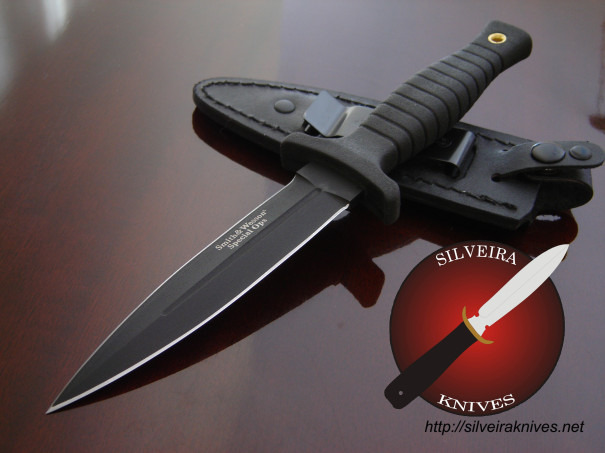
b) Nylon: Bulky and generally unsuitable for concealed carry, sheaths made of this material are useful for open carry. They usually have belt loops and some extra compartment for sharpening stones or other accessories.

c) Kydex or Equivalent: This plastic material is widely used in modern knives. It is easily molded, and constructing a sheath from this material is relatively easier compared to the other two. When made for concealed carry, they have clips that attach to the operator’s clothing fabric. It might be a bit less comfortable compared to leather, but it has the advantage of preventing sweat from reaching the blade, preserving it for a longer time.

1.3. Tactical Clip
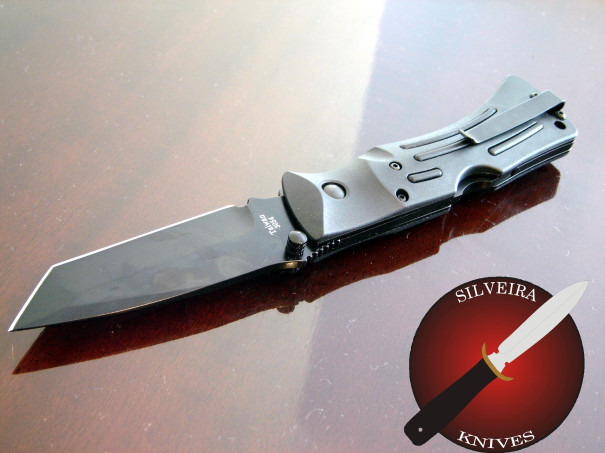
Clips are used to attach sheaths or pocket knives to the operator’s clothing fabric. They are indispensable for concealed carry of knives and pocket knives, and they are present on their sheaths and handles, respectively.
A pocket knife without a tactical clip should not be used for personal defense since it is unlikely to be ready for use in moments of stress. A pocket knife inside a backpack or deep in the pocket is not a weapon but only a piece of metal of little use at that moment.
- GEOMETRY
Blades were among the first tools invented by humans. Since then, countless models have been created. It is evident that there is no definitive recipe for the best blade geometry, but knowing some points can help in choosing a suitable goal according to the user’s expectations.
Let’s start with the tips; there are several types, with the most common being:
a) Spear point: Commonly found in daggers, they are centered in relation to the blade. Their greatest advantage is their thrusting power.
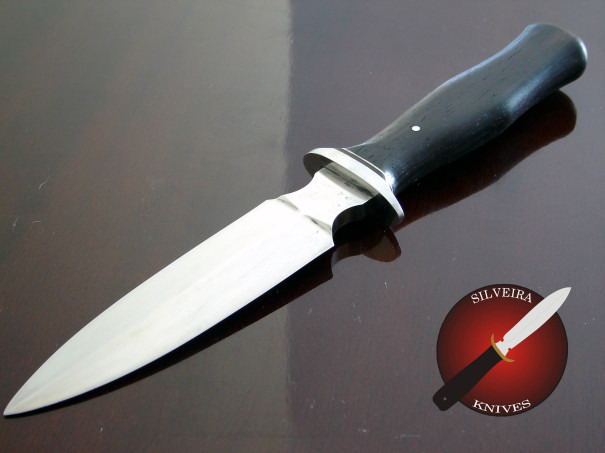
b) Clip point: This is a highly tapered design used in classic model knives, such as bowies. Depending on how thin the tip becomes, it gains thrusting power but loses some durability.
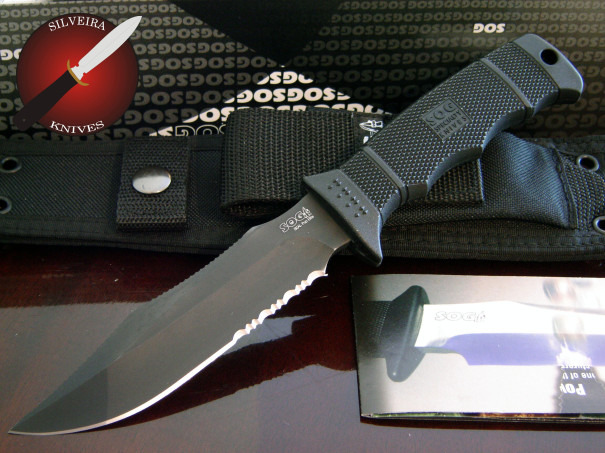
c) Drop point: More rounded than the clip point, it is a more subtle option, slightly losing thrusting power but gaining in durability.
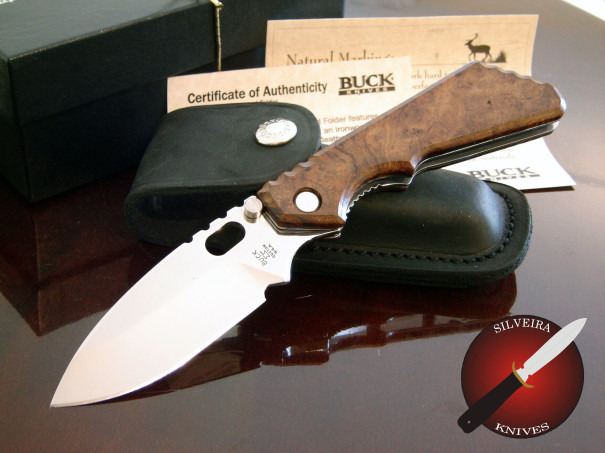
d) Tanto: These are traditional Eastern tips. They have excellent resistance and good thrusting power.

It is also important to observe the attack angle of the edge concerning the target: in knives like kukris, the aggressive attack angle results in more brutal cuts, while in knives like the “scimitar” style, with the opposite angle, the cuts tend to be smoother, transferring less impact to the user’s hands.


Speaking of the blade’s edge, it is an extremely complex subject that will not be detailed here. The types of metal removal affect the cutting quality and mechanical resistance of the knife. Broadly, we can separate knives into Hollow Ground (1) and Flat Ground (2).
In addition to this, there are countless models of handles, guards, and the blade’s own design, creating an infinite number of knife models. Here are the most common ones, just as examples:
a) Bowie

b) Kukri
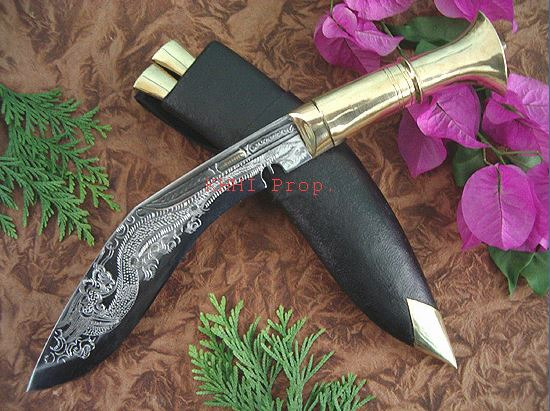
c) Dagger

d) Utility knife

e) Sorocabana
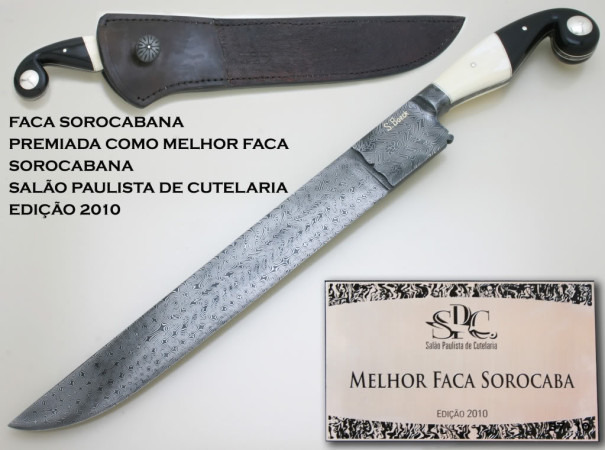
f) Kris

- DRAW
The draw is the action that brings the weapon into combat. Its speed is crucial in stressful situations and can be the decisive factor in a counter-attack. It is influenced by several factors, notably:
a) Training: Consistent repetition of the drawing motion, guided by a qualified professional, significantly reduces the time between the start of the movement and the readiness of the weapon. It is important to emphasize that this training must be well conducted. Repetition of a wrong movement does not bring any advantage.
b) Clothing: When it comes to personal defense, one typically works with civilian clothing and concealed weapons. Therefore, the more layers of clothing covering the knife, the longer the draw time.
c) Weapon Location: It takes more time to draw a knife from the ankle than a knife from the waist. The defensive knife should always be ready for use, carried in a location of immediate access.
d) Sheath: Regarding the choice of the knife itself, one of the factors directly related to the speed of the draw is the type of sheath. As explained above, sheaths are basically made of three different materials (leather, kydex, or nylon) and can have various types of locks. The more locks and the more complex they are, the slower the draw. Therefore, it is recommended to choose sheaths with a single lock or no lock – depending on the method of carrying the knife.

e) Deployment system (in the case of folding knives): A relevant factor in choosing a folding knife for defense is the deployment system. Utility knives that require both hands to open are not suitable for defense.
e1. Balisongs: The first folding knives with the opening advent with only one hand were called balisongs (butterfly knives). In general, they are extremely reliable knives when well constructed, but they require some extra training from the operator to open them confidently.
e2. Thumb studs: One of the mechanisms that assist in one-handed opening are the thumb studs, used by various manufacturers. It is a very common option and relatively reliable.
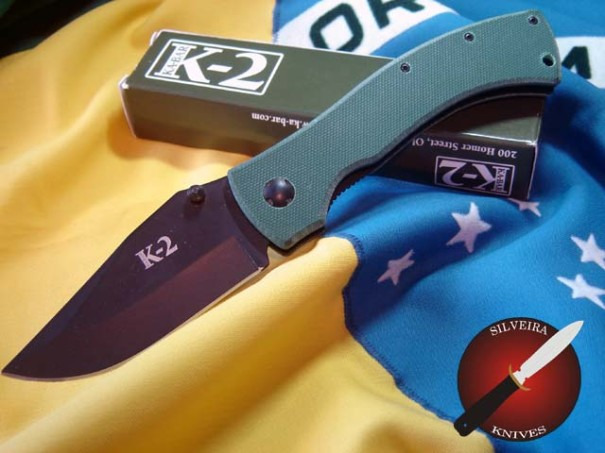
e3. Thumb holes: Traditionally used by the Spyderco, the holes allow, just like the thumb studs, the operator to open the folding knife using the thumb.
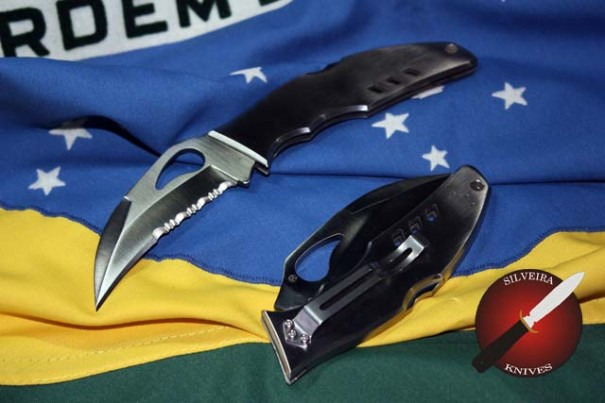
e4. Assisted opening: With the prohibition of automatic knives in some locations, industries have developed the so-called assisted opening. It is a system where the opening movement is initiated with the thumb and finished by the action of a spring.
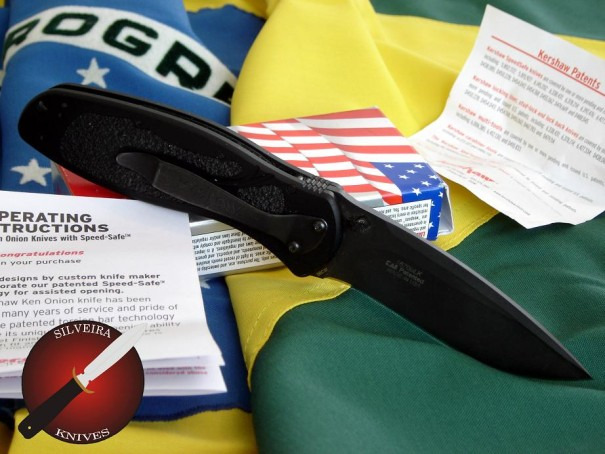
e5. Automatic knives: These knives open simply by pressing a button. They depend on a spring system to function. They are fast, but it is recommended to use automatic knives from trusted brands to reduce the risk of mechanical failures. If something can go wrong, it will, and at the worst possible time.
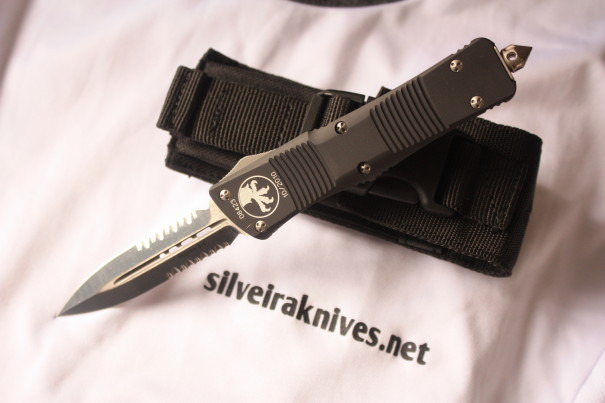
e6. Wave system (Emerson Opener) and similar: These knives have a hook on the back of the blade that, when caught on the fabric of the operator’s pocket or vest, automatically opens the knife during the draw, without depending on a spring action. Because they are simpler, they are more reliable than automatic knives.
Video: Opening of a Spyderco Endura 4 Wave folding knife using the Wave system (Emerson Opener).
To be continued. Check our website regularly for updates.

